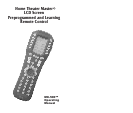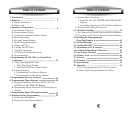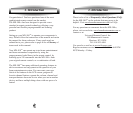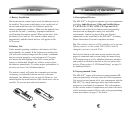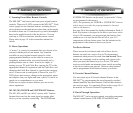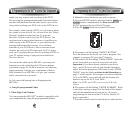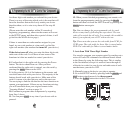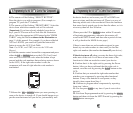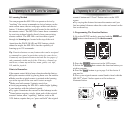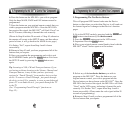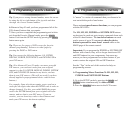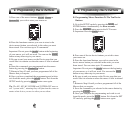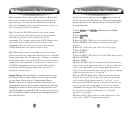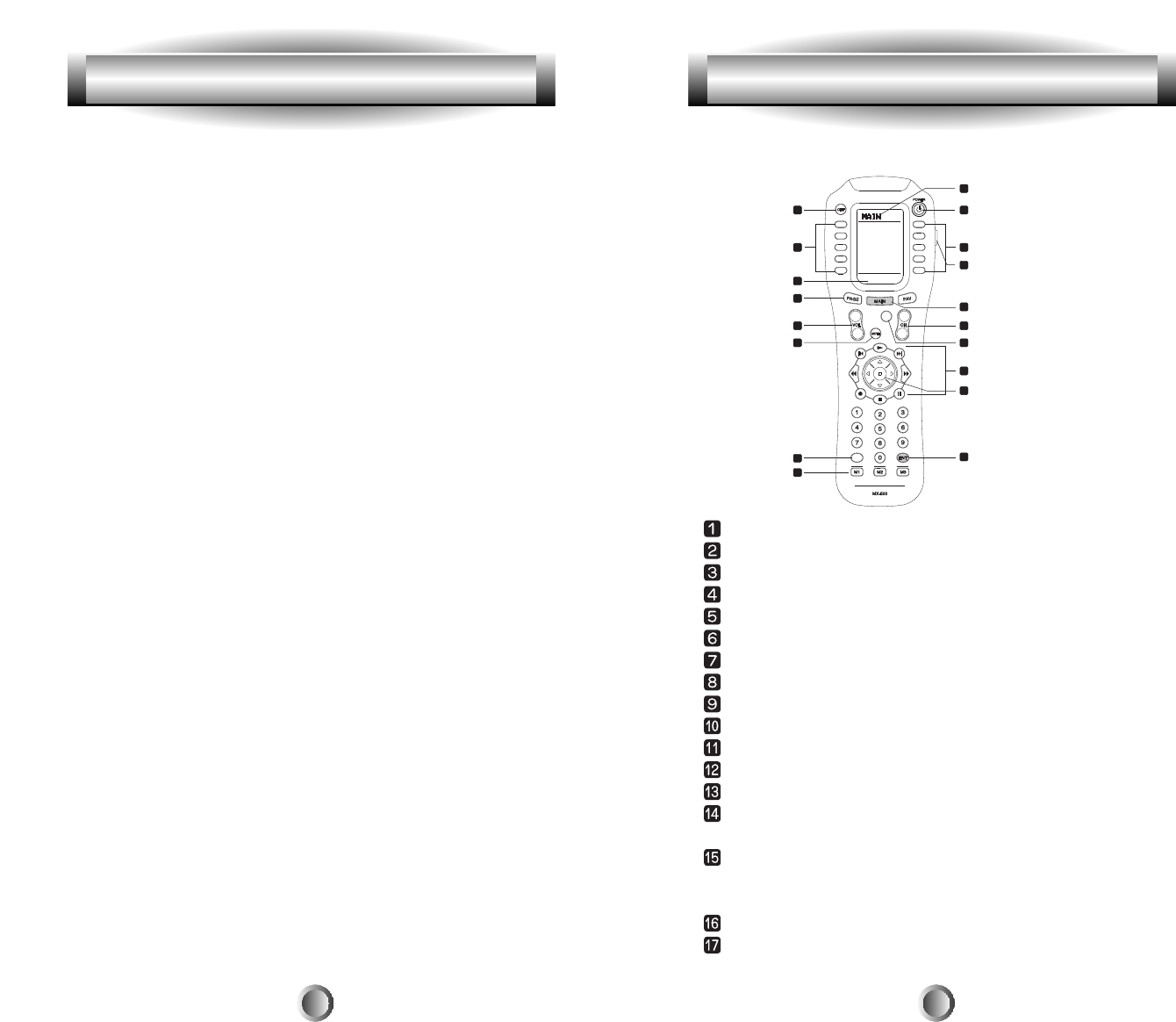
10
3. Summary of Operations
J. LCD Screen And Button Layout
Displays the name of the device selected.
System off (Power off)
Displays page number.
Displays the device and function names.
LIGHT button.
MACRO buttons.
MAIN DEVICE menu button.
LCD Page change button.
POWER
MUTE
VOLUME
CHANNEL
Previous channel button.
TRANSPORT functions(PLAY, STOP, REWIND and FF)
for VCR, CD and DVD etc.
JOYSTICK button(UP, DOWN, LEFT, RIGHT and ENTER)
to move the cursor and enter the selection by pushing down
the joystick in the center. Also called THUMBPAD.
ENTER
DISPLAY
22
33
88
1717
66
1111
1010
44
99
11
55
77
1515
1616
1212
1313
44
1414
OSDOSD
MENUMENU
GUIDE
GUIDE
EXITEXIT
INFOINFO
DISDIS
PREVPREV
CHCH
++
--
++
--
HOME THEATER MASTERHOME THEATER MASTER
LEARNING REMOTE CONTROLLEARNING REMOTE CONTROL
MUTE) while all the other buttons control other equipment.
You can also set up the remote to operate channel control and
transport functions (PLAY, STOP, REWIND, FAST
FORWARD, SKIP-, SKIP+, PAUSE and RECORD buttons)
from VCR, DVD, LD, CD or any other mode while all other
buttons in the remote control are controlling other
components. Please refer to page 32 in the manual for details.
G. Editing LCD Text
You can write your own text on each of the twenty-six
LCD screens. Please refer to page 39 in the manual for
details.
H. Cloning The MX-500
TM
The MX-500
TM
is capable of sending all the programmed
codes and operations from one MX-500
TM
to another
MX-500
TM
. Please refer to page 43 in the manual for
details.
I. All Other Operations
You can set the duration of the backlight on time and
change the LCD screen contrast. Please refer to pages 42
and 44 in the manual for additional details.
Note: The last Device selected will remain active when you
are on the MAIN page and will be shown at the bottom of
the LCD screen. For example, if you are using ÒTVÓ and
then return to the MAIN page, the hard buttons remain in
TV mode. The LCD buttons only change when you select
another device.
9
3. Summary of Operations



